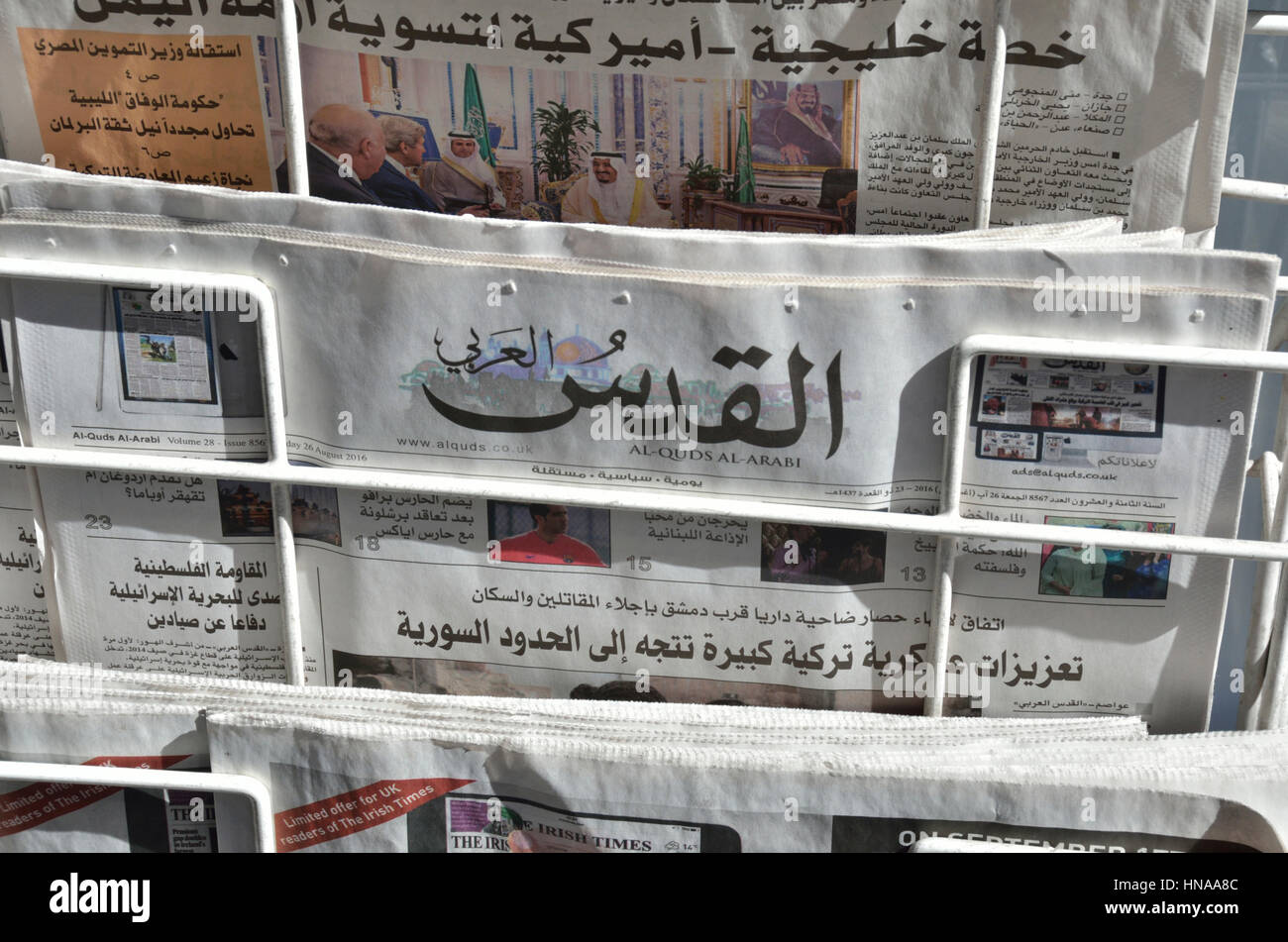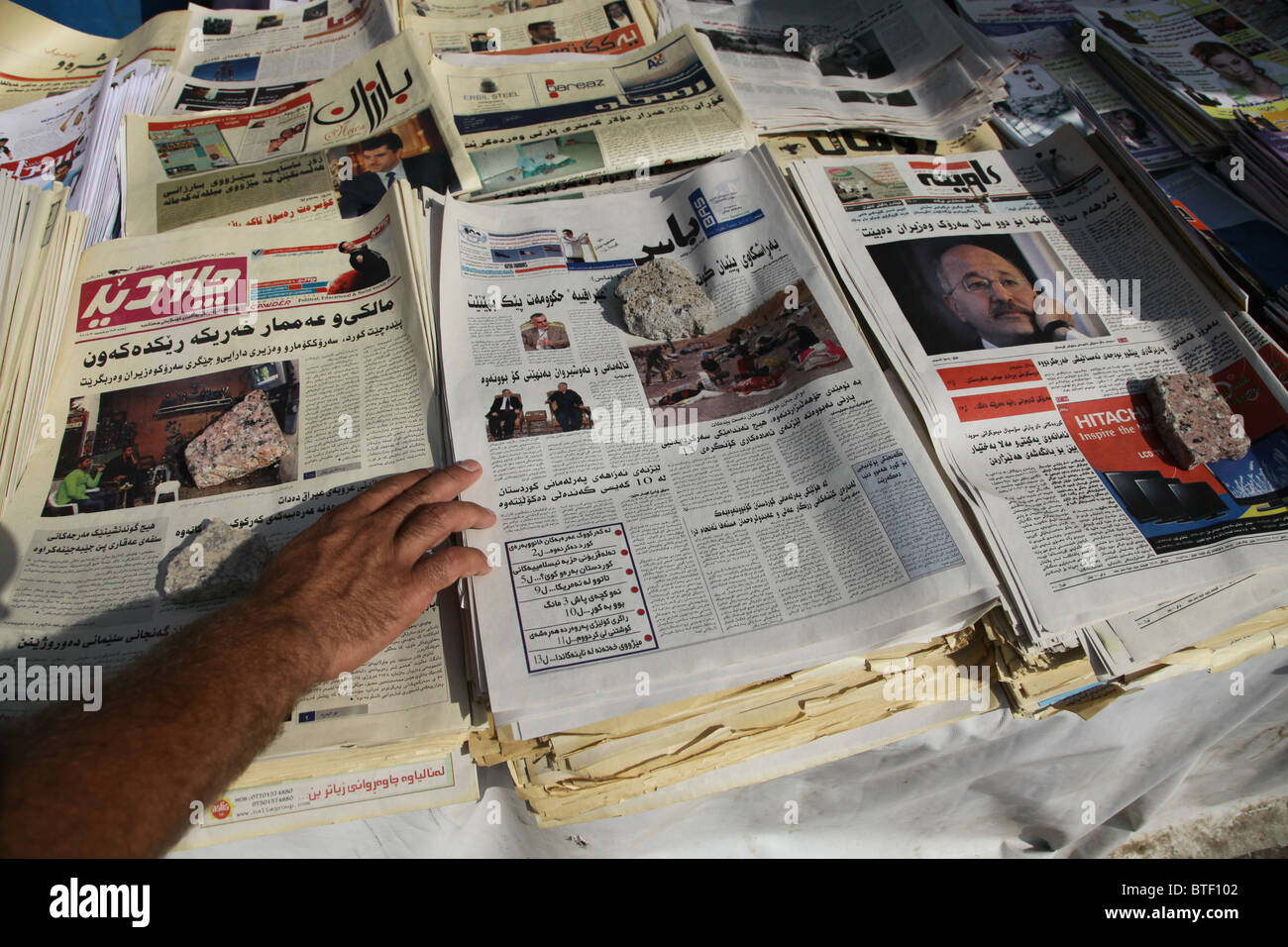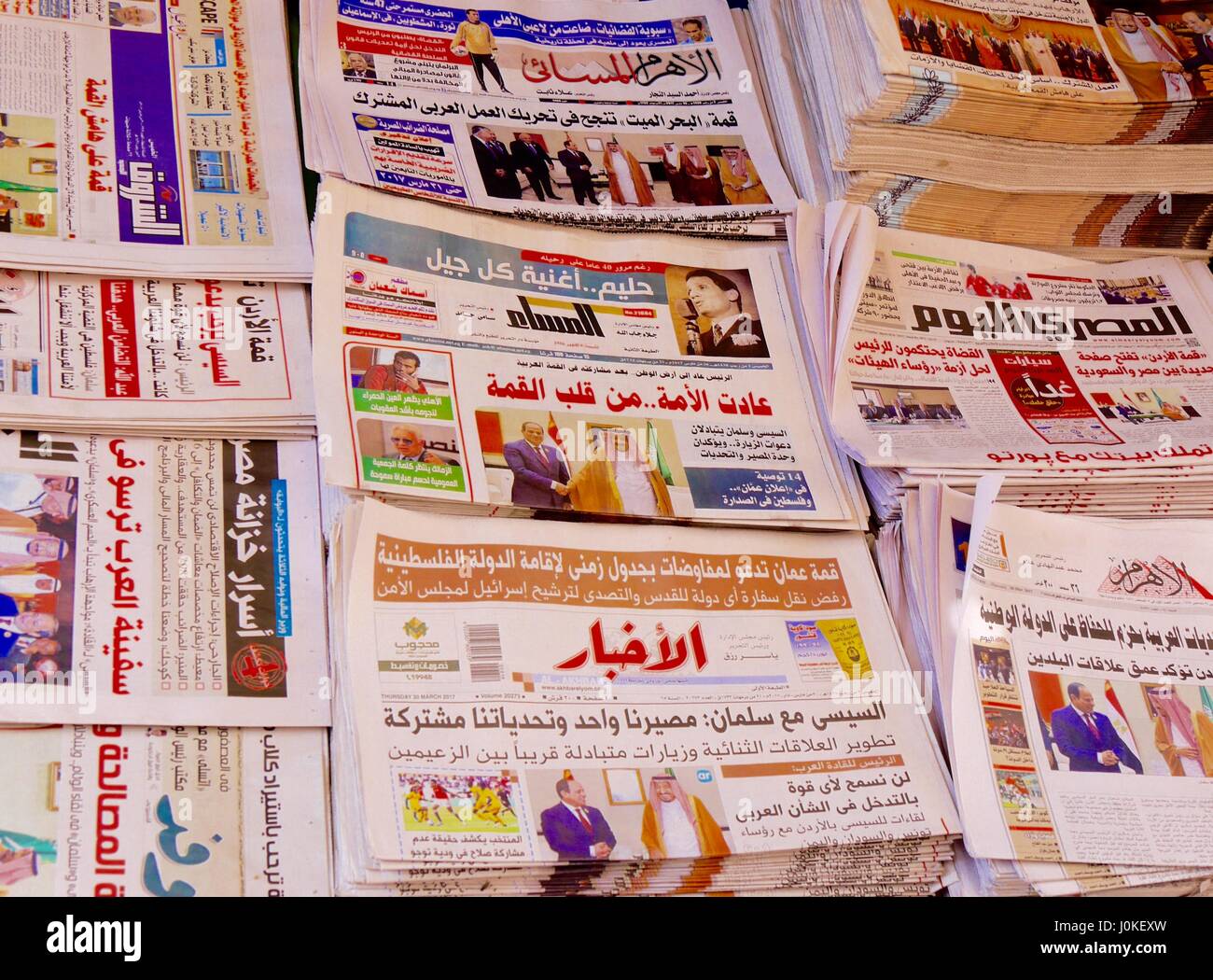Arabic language newspapers have played a pivotal role in shaping the cultural, social, and political landscape of the Arab world. From their humble beginnings in the 19th century to their modern-day digital presence, these publications have served as a vital source of information, education, and entertainment for millions of readers.
In this comprehensive guide, we delve into the history, evolution, and current landscape of Arabic language newspapers, exploring their content, audience, and future trends.
The development of Arabic language newspapers has been marked by key milestones and influential figures, reflecting the changing political, social, and technological landscape of the Arab world. The industry has witnessed the emergence of major players with distinct editorial stances, shaping public opinion and influencing political discourse.
History and Evolution of Arabic Language Newspapers

The history of Arabic language newspapers is intertwined with the development of the Arabic press as a whole. The first Arabic newspaper, al-Waqai’a al-Misriyya, was published in Cairo in 1828. It was a weekly publication that covered local and international news, as well as official announcements from the government.
The early Arabic press was largely influenced by the French occupation of Egypt (1798-1801) and the subsequent introduction of Western printing technology.
In the mid-19th century, a number of Arabic newspapers were established in major cities across the Middle East, including Beirut, Damascus, and Baghdad. These newspapers played a significant role in the Arab nationalist movement and the struggle for independence from Ottoman rule.
Notable figures in the history of Arabic journalism include Muhammad Abduh, a leading Egyptian intellectual and reformer, and Khalil Gibran, a Lebanese-American writer and philosopher.
Key Factors Influencing the Growth of Arabic Newspapers
- The rise of Arab nationalism and the struggle for independence from Ottoman rule
- The introduction of Western printing technology
- The growth of literacy rates in the Arab world
- The development of a professional class of journalists
Notable Publications in the History of Arabic Journalism
- al-Waqai’a al-Misriyya (Cairo, 1828)
- al-Ahram (Cairo, 1875)
- al-Hilal (Cairo, 1892)
- al-Nahda (Beirut, 1898)
- al-Manar (Cairo, 1898)
Current Landscape of Arabic Language Newspapers
The Arabic language newspaper industry has undergone significant changes in recent years, with the rise of digital media and the decline of traditional print newspapers. Despite these challenges, the industry remains vibrant and diverse, with a number of major players competing for market share.The
largest Arabic language newspaper by circulation is Asharq Al-Awsat, a pan-Arab daily based in London. Other major players include Al-Hayat, Al-Arabiya, and Al-Jazeera, all of which have a significant online presence.In terms of editorial stance, Arabic language newspapers cover a wide range of political and social issues.
Some newspapers, such as Asharq Al-Awsat, are known for their moderate views, while others, such as Al-Jazeera, are more critical of Arab governments.The impact of digitalization on the Arabic language newspaper industry has been significant. In recent years, there has been a decline in the circulation of print newspapers, as more and more readers turn to online news sources.
This has led to a number of challenges for traditional print newspapers, including declining advertising revenue and the need to adapt to new digital technologies.Despite these challenges, the Arabic language newspaper industry remains an important source of news and information for millions of people around the world.
With its diverse range of voices and perspectives, the industry plays a vital role in shaping public opinion and promoting understanding of the Arab world.
Major Players in the Arabic Language Newspaper Industry
The major players in the Arabic language newspaper industry include:
- Asharq Al-Awsat: A pan-Arab daily based in London, with a circulation of over 1 million copies.
- Al-Hayat: A pan-Arab daily based in London, with a circulation of over 500,000 copies.
- Al-Arabiya: A 24-hour Arabic-language news channel based in Dubai, with a significant online presence.
- Al-Jazeera: A 24-hour Arabic-language news channel based in Doha, with a significant online presence.
These newspapers have a significant market share and reach a wide audience across the Arab world.
Impact of Digitalization on the Arabic Language Newspaper Industry
The impact of digitalization on the Arabic language newspaper industry has been significant. In recent years, there has been a decline in the circulation of print newspapers, as more and more readers turn to online news sources. This has led to a number of challenges for traditional print newspapers, including:
- Declining advertising revenue: Print newspapers rely heavily on advertising revenue, which has declined in recent years due to the rise of online advertising.
- Need to adapt to new digital technologies: Traditional print newspapers have had to adapt to new digital technologies, such as mobile apps and social media, in order to reach their audiences.
Despite these challenges, the Arabic language newspaper industry remains an important source of news and information for millions of people around the world. With its diverse range of voices and perspectives, the industry plays a vital role in shaping public opinion and promoting understanding of the Arab world.
Content Analysis of Arabic Language Newspapers
To conduct a comprehensive content analysis of Arabic language newspapers, a structured methodology is essential. This involves identifying relevant publications, collecting data from a representative sample, and employing appropriate analytical techniques to extract meaningful insights.
By examining the content of these publications, we can uncover the common themes, topics, and perspectives that shape their coverage. This analysis provides valuable insights into the role of Arabic language newspapers in shaping public opinion and influencing political discourse.
Common Themes and Topics
- Political News and Commentary:Coverage of current events, political debates, and government policies.
- Economic and Business News:Analysis of economic trends, financial markets, and business developments.
- Social Issues:Exploration of societal challenges, cultural norms, and social justice.
- Cultural and Artistic Expression:Features on literature, art, music, and other cultural aspects.
- Religious Perspectives:Coverage of religious beliefs, practices, and their impact on society.
Audience and Readership of Arabic Language Newspapers

Arabic language newspapers cater to a diverse audience, spanning various demographics and regions. The readership base encompasses individuals from the Arab world, as well as those residing in diaspora communities worldwide.
Factors influencing readership patterns include language proficiency, cultural affinity, and access to newspapers. Newspapers often employ strategies such as tailored content, regional distribution, and digital platforms to attract and retain readers.
Demographic Profile
- Majority of readers are native Arabic speakers or have a high level of proficiency.
- Audience spans various age groups, with a significant portion being middle-aged and older.
- Readers come from diverse socioeconomic backgrounds, including professionals, students, and homemakers.
- Newspapers cater to both urban and rural populations, with regional variations in readership.
Factors Influencing Readership
- Language proficiency:Arabic language newspapers primarily target Arabic-speaking audiences.
- Cultural affinity:Newspapers often reflect the cultural values and perspectives of their target audience.
- Access to newspapers:Physical distribution and digital platforms play a crucial role in reaching readers.
- Content relevance:Newspapers strive to provide content that is relevant to the interests and needs of their readers.
Strategies to Attract and Retain Readers, Arabic language newspapers
- Tailored content:Newspapers develop content that resonates with specific audience segments, addressing their interests and concerns.
- Regional distribution:Newspapers establish a presence in different regions to cater to local audiences.
- Digital platforms:Newspapers leverage digital channels to reach a wider audience and provide real-time updates.
- Special features:Newspapers offer additional features such as op-eds, interviews, and lifestyle sections to enhance reader engagement.
Design and Layout of Arabic Language Newspapers
The design and layout of Arabic language newspapers have evolved over time to reflect the changing needs and tastes of their readers. Today, Arabic language newspapers come in a variety of formats, from traditional broadsheets to more modern tabloids. The use of typography, imagery, and white space varies widely depending on the publication.
Typography
Arabic language newspapers typically use a variety of typefaces, including both traditional Arabic fonts and more modern Latin fonts. The choice of typeface is often influenced by the target audience of the publication. For example, newspapers that are aimed at a more traditional audience may use a more traditional Arabic font, while newspapers that are aimed at a younger audience may use a more modern Latin font.
Imagery
Arabic language newspapers make extensive use of imagery, both to illustrate stories and to attract readers. The use of imagery is often influenced by the cultural and religious sensitivities of the target audience. For example, newspapers that are published in conservative societies may avoid using images of women or religious figures.
White Space
White space is an important element of design in Arabic language newspapers. White space can be used to create a sense of balance and harmony, and to draw attention to important elements of the page. The use of white space is often influenced by the cultural and linguistic factors of the target audience.
For example, newspapers that are published in cultures where there is a strong emphasis on visual presentation may use more white space than newspapers that are published in cultures where there is a strong emphasis on text.
Future Trends in Arabic Language Newspapers
The Arabic language newspaper industry is undergoing significant transformation, driven by emerging technologies, changing audience preferences, and global economic factors. To adapt and thrive in the future, newspapers must embrace these trends and develop innovative strategies.
Impact of New Technologies
Digital technologies have revolutionized the way news is consumed, with readers increasingly accessing information online. Arabic language newspapers must invest in digital platforms, including websites, mobile apps, and social media, to reach a wider audience. Artificial intelligence (AI) and machine learning (ML) can also be used to personalize content, improve search functionality, and provide readers with tailored news experiences.
Changing Audience Preferences
Audience preferences are also evolving, with readers demanding more personalized, interactive, and visually appealing content. Newspapers must adapt to these preferences by offering a diverse range of content formats, such as videos, infographics, and interactive data visualizations. They must also engage with readers on social media and other online platforms to build a loyal following.
Global Economic Factors
Global economic factors, such as rising costs and declining advertising revenue, are also impacting the Arabic language newspaper industry. Newspapers must explore new revenue streams, such as subscription models, sponsored content, and e-commerce, to ensure their financial sustainability. Partnerships with other media organizations and technology companies can also help newspapers reduce costs and expand their reach.
Strategies for Adaptation
To adapt to these trends, Arabic language newspapers can adopt several strategies:
- Invest in digital platforms and embrace new technologies
- Diversify content formats and engage with readers online
- Explore new revenue streams and partnerships
- Foster innovation and experiment with new ideas
By embracing these strategies, Arabic language newspapers can adapt to the changing landscape and continue to provide valuable news and information to their readers.
Outcome Summary

As Arabic language newspapers navigate the challenges and opportunities of the digital age, they continue to play a crucial role in informing, educating, and connecting Arab communities worldwide. By adapting to changing audience preferences and embracing new technologies, these publications are well-positioned to thrive in the future, continuing their legacy as essential pillars of the Arab media landscape.
FAQs
What is the oldest Arabic language newspaper?
Al-Waqa’i’ al-Misriyya, first published in 1828 in Cairo, Egypt.
Who is considered the father of Arabic journalism?
Butrus al-Bustani, who founded the influential newspaper Nafir Suriya in 1860.
What is the most widely circulated Arabic language newspaper?
Asharq Al-Awsat, published in London and distributed throughout the Arab world.